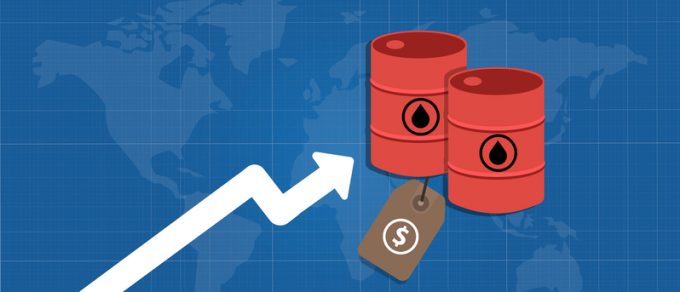USTR revises proposals for port fees for Chinese car-carrier and LNG vessels
The US Trade Representative (USTR) has again revised its proposals for the new fee structure ...

Low-sulphur bunker prices increased another $100 per ton yesterday and, having soared by a third since the end of February to about $1,000 per ton, are adding millions of dollars to the cost of operating a ULCV on an Asia-North Europe round-trip.
And with a Russian ...

Comment on this article